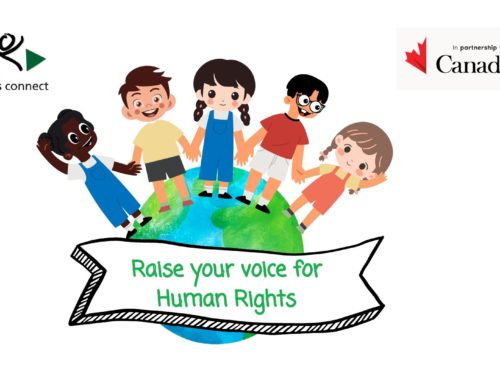The Guidance Note that the UN Secretary General is developing on child rights mainstreaming is a unique opportunity to make the UN’s work more rights-based and therefore more effective.
In addition to facilitating civil society, including children’s participation in the process, Child Rights Connect is engaging by providing technical inputs to make sure that the Guidance Note is informed by the challenges and good practices that we experience.
In our submission to the CSOs survey for the development of the UN Guidance Note, we have recommended that the Guidance Note includes:
- Definition of child: the guidance note should include the legal definition of the child provided by the UN Convention on the Rights of the Child (UNCRC). Through the guidance note, the UN entities should understand that children are to be treated as a distinct group of rights holders that is directly or indirectly impacted by everything that the UN does and that cannot be subsumed to youth, as it happens very often. It should be highlighted that working based on the CRC definition means taking both an age and a child rights perspective and therefore goes beyond disaggregating data by age or listing children as one of the “vulnerable” groups. Many children are indeed vulnerable, but more importantly are entitled to specific rights.
- Definition of child rights mainstreaming & child rights approach: through the guidance note, UN entities should gain a strong understanding of what child rights are and why the UNCRC, the Committee on the Rights of the Child’s recommendations and other international standards should be used in their work. The guidance note should help promoting general acceptance that the child rights approach is an integral part of the human rights-based approach and that child rights mainstreaming should become a fundamental principle for everyone, as it is the case for gender mainstreaming. The linkages to gender-mainstreaming and intersectionality should be unpacked.
- Application of a child rights approach: the guidance note should make clear that the application of a child rights approach is a system-wide matter and priority; it should explain why children’s rights are relevant to all the UN pillars and are cross-sectoral; it should also specify that it should be implemented with regard to management/strategic planning/internal policies & procedures as well as programming/external action (including advocacy and technical assistance to States on how to mainstream child rights at the national level, regional and international level); it should provide concrete information on how to appropriately and effectively implement it in connection to diversity and intersectionality related policies.
- Reinforced coordination between different entities and modalities to build a stronger awareness of and collaboration with the CRC Committee.
- Guidelines on child participation methodology and safeguarding: building on the CRC Committee’s standards and working methods, general guidelines on child participation and safeguarding applicable by all UN entities (that can be completed with specific ones by UN entity) should be integral part of the guidance note to encourage and support UN entities to engage children in their work in a systematic, sustainable, safe, inclusive and empowering way. This should include adapting/creating spaces for children’s participation at the UN level, which is a key recommendation repeatedly received by children themselves. Child participation is an essential element of the child rights approach.
The UN Guidance Note should provide a general framework but should be implemented in connection to existing guidance, such as the SG guidance notes on civic space and intersectionality, the UNSDG guidance note on human rights for Resident Coordinators and UN country teams, as well as internal policies such as the UNHCR’s one on age, gender and diversity.
We believe that the guidance note should practical and be provided with an appropriate implementation framework to avoid that it will remains a dead document. We also believe that much more needs to be done to advance child rights mainstreaming at the UN and a UN-wide strategy on child rights is still needed.
The advantages of having a comprehensive UN strategy on child rights are many, including the opportunity that a strategy would offer to mobilize political support for children’s rights at the highest level of the UN as well as among Member States, leading to increased focus, capacity and resources for child rights within the UN. More arguments are included in our position paper.
In summery 2022, Child Rights Connect’s Network has developed an Advocacy Plan on child rights mainstreaming at the UN for the next three years. It focuses on building synergies between the development of the SG guidance note on child rights mainstreaming, the implementation of the Our Common Agenda and the follow-up to the High-Level panel on child rights mainstreaming of the Human Rights Council.










Leave A Comment